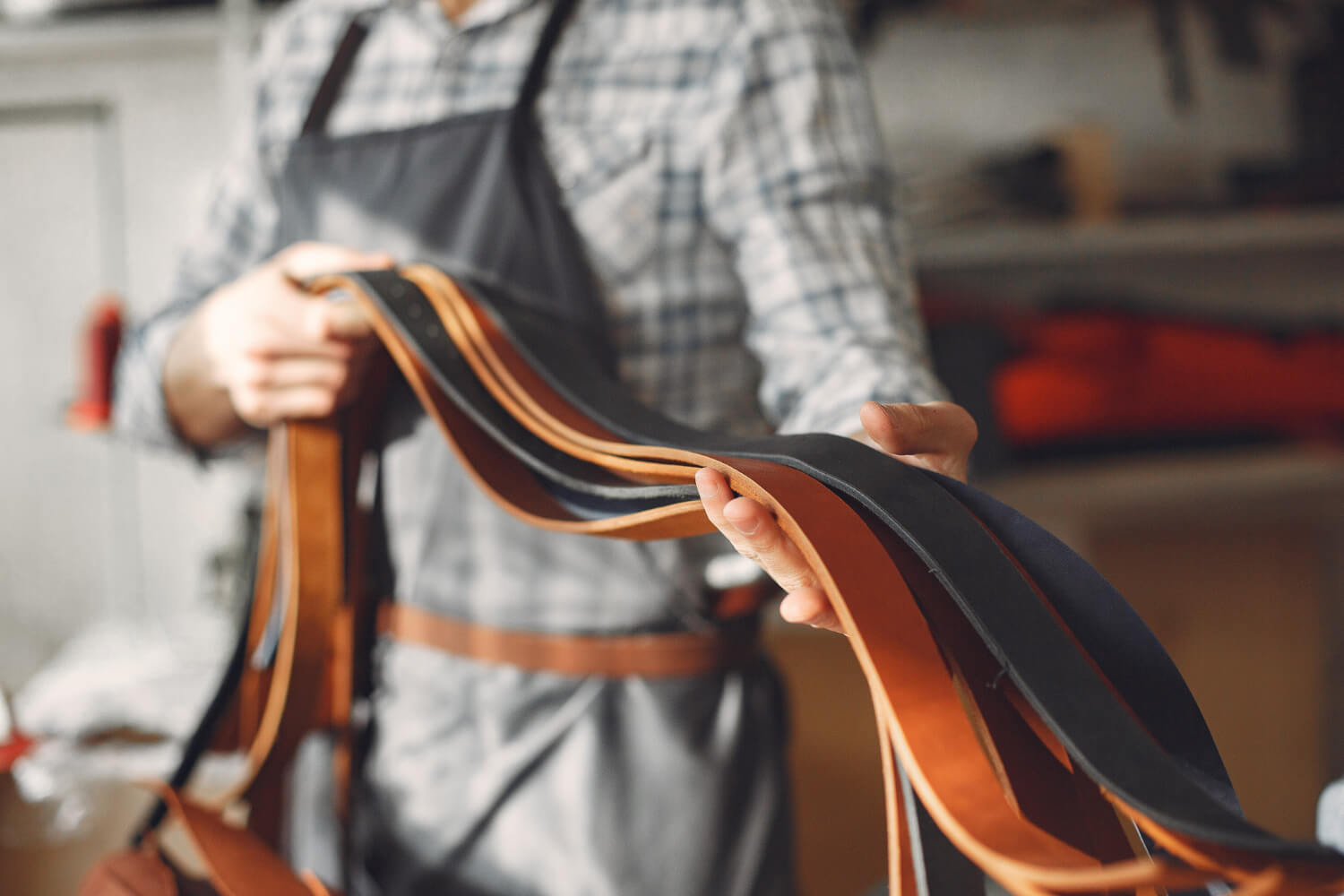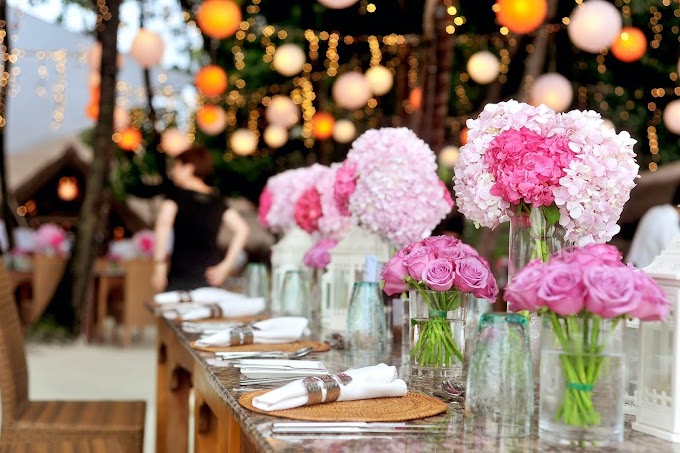The attention paid to a man's clothing is often far more than that paid to his belt. It is considered more like a utility item than a fashion accessory, and as a result, people wind up buying it out of habit rather than because they are actively looking for it. But in truth, it ought to be the exact opposite. Your belt needs to be one of the first areas you look at if you want to stand out or make a statement. For example, a leather belt for work should be selected accurately to match the professionalism of the working space.
While a colourful, exotic, or statement belt may serve as the focal point of the whole ensemble, a high-quality brown or black belt will offer the finishing touch that is required to complete an outfit. This guide will show you how to choose the ideal belt for your particular circumstance.
Two Main Types of Belts
Dress belts and casual belts are the two main kinds of belts. Dress belts are more formal and often paired with suits and other dressier clothing. Casual belts may be used with jeans, shorts, and a broad variety of other outfits. They are wider and less formal.
Belts may sometimes serve both formal and casual purposes, although this is uncommon. We'll get into the intricacies of each style of belt and discuss the factors you should consider while making your choice.
Dress Belts
Dress belts are definitely the more formal of the two types of belts we'll be covering in this guide.
- Rule of Thumb
The most important rule of thumb to remember when picking out a dress belt is to make sure it goes with the shoes you want to wear that day. It would be ideal if the belt and the shoes were both made of the same material, but since that's not very likely to happen, it's more important to match or at least complement the colours.
- Width
Furthermore, a formal belt should be between 1 1/4" and 1 3/8" broad and around 1/8" thick; if the belt is bigger than that, it is a casual belt and not suitable for your needs.
- Material
The leather belt for men should be made of "full grain leather." It's time to move on to the next belt if it reads "top grain leather," "genuine leather," or simply plain "leather." These phrases may make it appear as if the belt is made of the finest leather, but they really refer to lower-quality leather. You can't go wrong if you choose "full grain."
- Finish
Avoid matte finishes; the leather should have a glossy shine. The finish should be as shiny as possible.
Some dress belts may be flat without stitching, while others may be feathered, or lifted up in the centre. The belt shouldn't have an excessive amount of patterning or design. The better, the simpler.
- Buckle
The belt buckle should be well-polished and generally simple, with no extra or unnecessary style. It needs to have only one prong. Regarding belt colours, polished silver buckles work well with black or blue belts, while polished gold buckles go well with brown or tan belts. Please feel free to contact us for advice on alternative colours if you like.
Casual Belts
Since there are fewer restrictions and greater freedom with casual belts, you may wear the same belt in a variety of situations or have a variety of belts that you wear with the same clothing.
- Width
Casual belts are often wider than formal dress belts, ranging in width from 1 1/4" to 1 3/4", with the most popular size for jeans being 1 1/2". They may also be thicker than a dress belt, ranging in thickness from 1/8" to 3/4" thick, however, anything thicker than 3/4" is unlikely to be effective.
- Material
Leather is the most common material for casual belts, and as we learned in the section on dress belts, you should ALWAYS choose a belt made of "full grain leather."
Casual belts are often made of suede, which is another type of material. It's not as strong as full-grain leather, but it usually has a full-grain leather backing for extra strength and durability, and the nap on the front makes it look different from regular leather.
The last main material for casual belts is cotton. It will be the least expensive of the three materials, and it is also the most casual of the three types of belts.
- Finish
In contrast to formal belts, casual belts often have a matte texture that is less glossy. Depending on your desire, they may or may not also include stitching.
- Buckle
For casual belts, there are more buckle alternatives, as you could have anticipated. While certain belts, particularly statement belts that are supposed to stand out, have polished buckles, the majority of casual belts have more of a tarnished or matte appearance.
Conclusion
While choosing a belt may seem a bit intimidating at first, once you know some of the basic rules, it becomes a lot easier. If you want to buy a leather belt for work then remember the pointers, we shared in the dress belts section.









 Erika Rhein, the contributing author and the professional blogger by profession. With years of experience, I now focus on writing blogs on varied niches. Being a research enthusiast, I like to provide my readers with the useful and informative articles on the different topics they are looking for. I aim to create a difference through my writing.
Erika Rhein, the contributing author and the professional blogger by profession. With years of experience, I now focus on writing blogs on varied niches. Being a research enthusiast, I like to provide my readers with the useful and informative articles on the different topics they are looking for. I aim to create a difference through my writing.
0 Comments